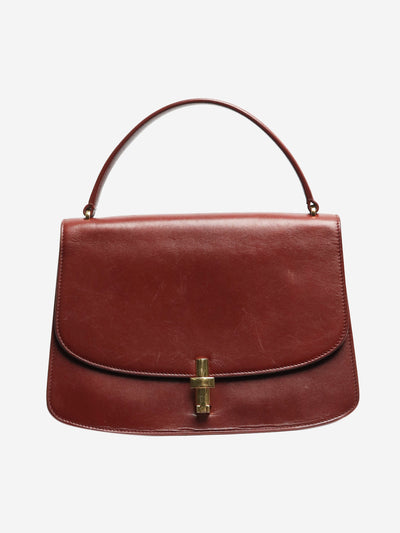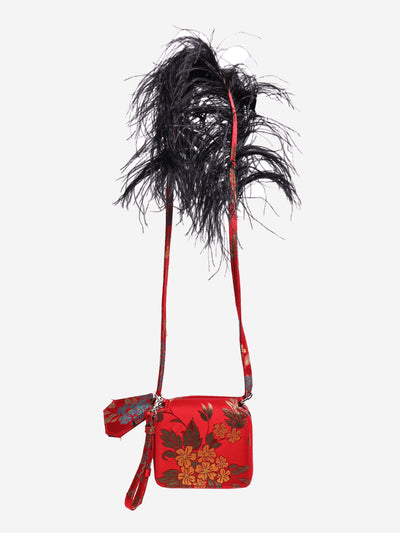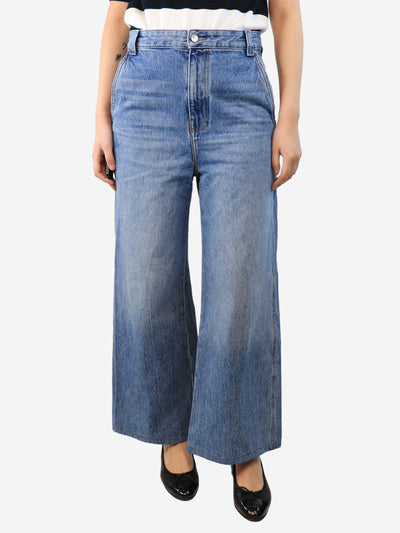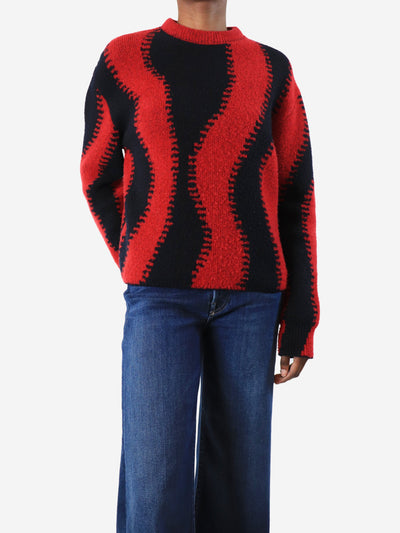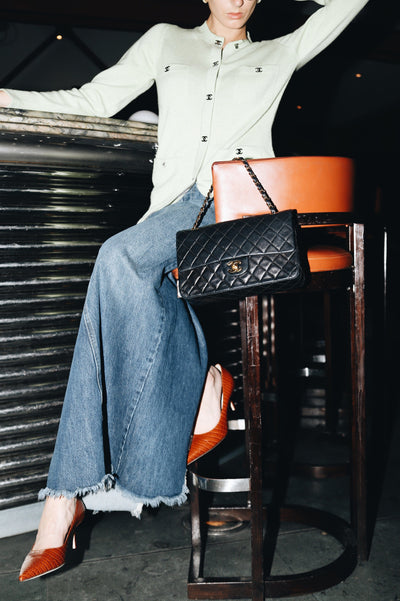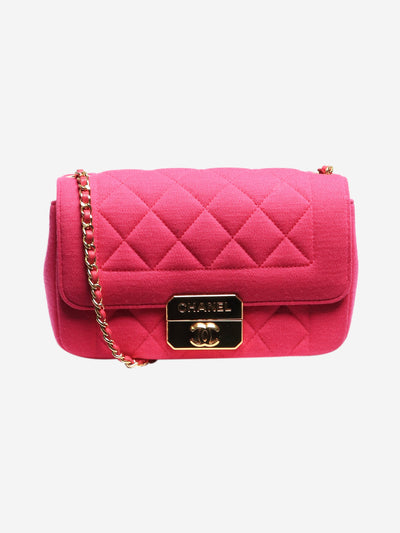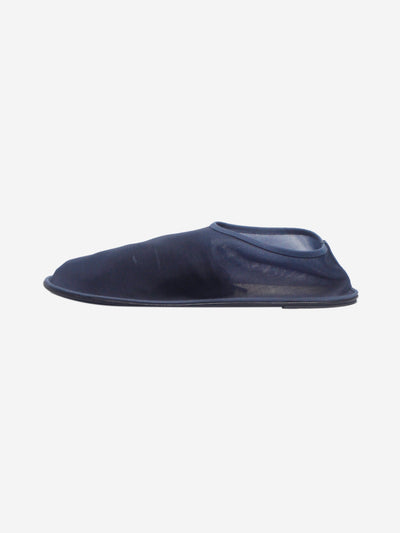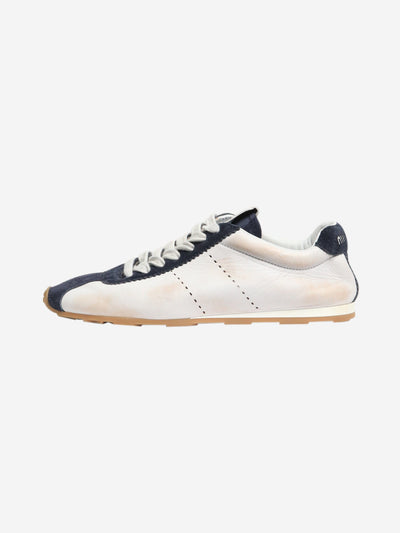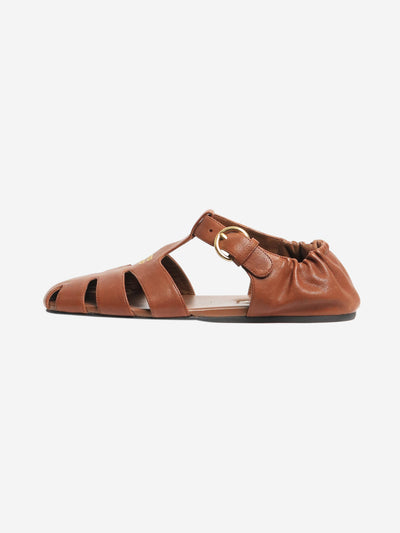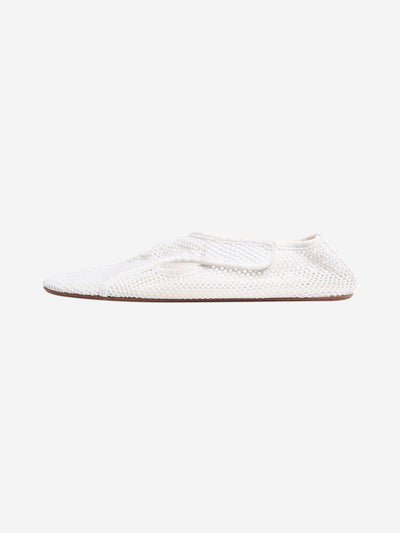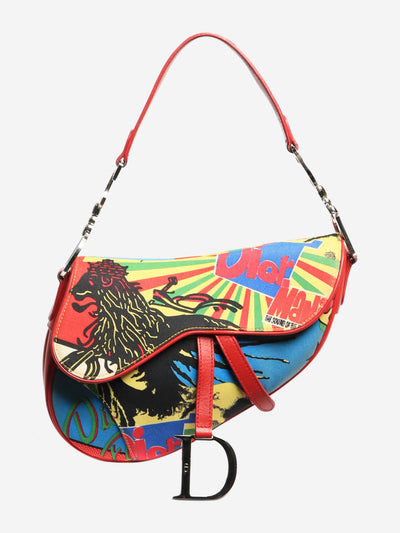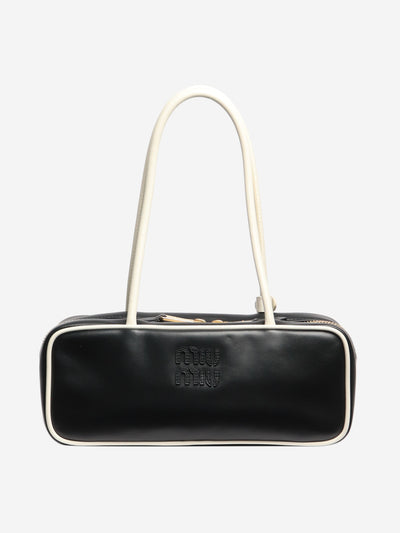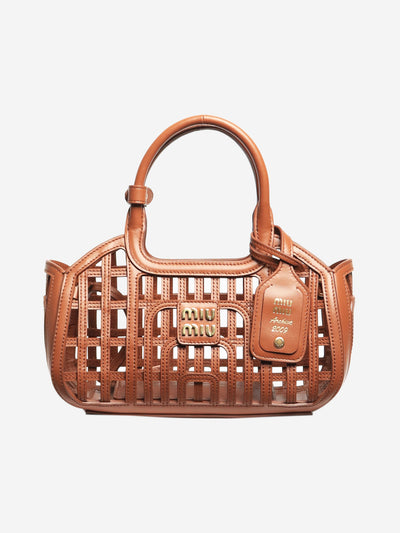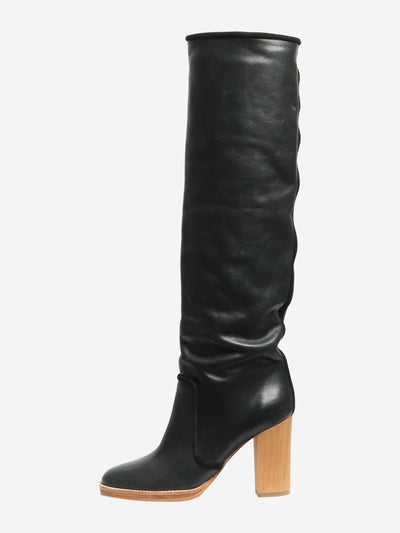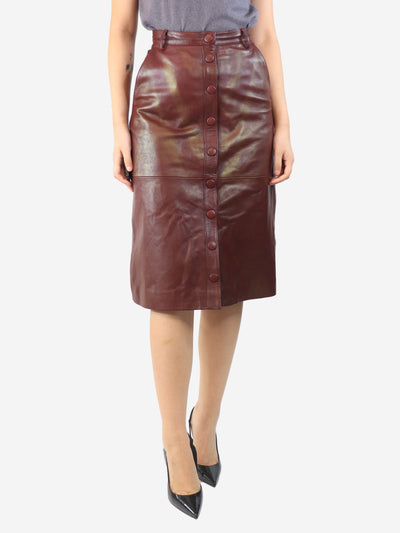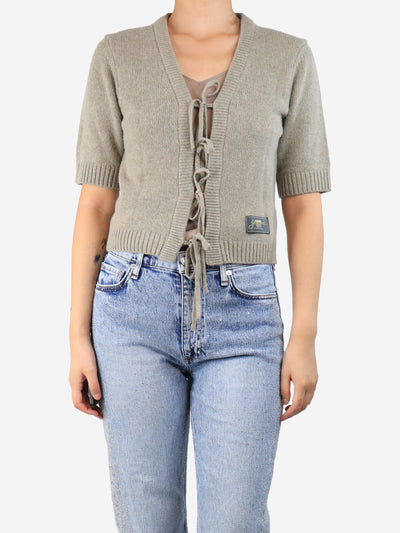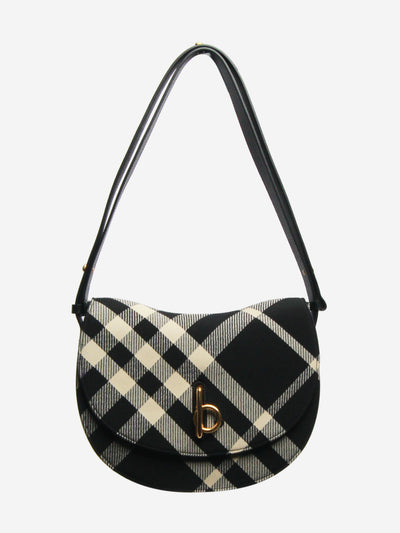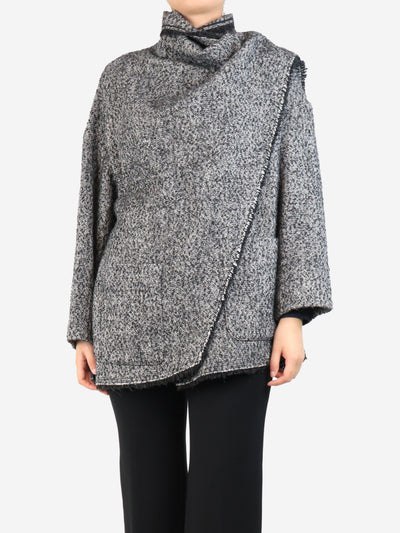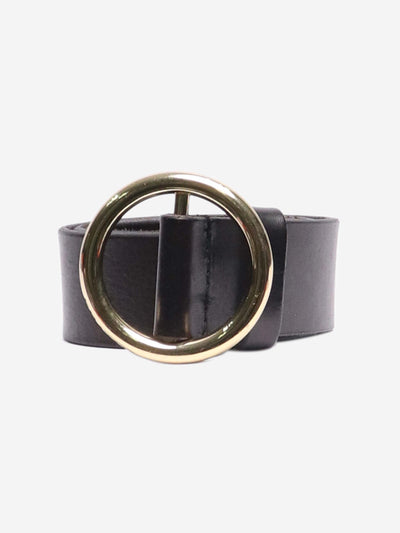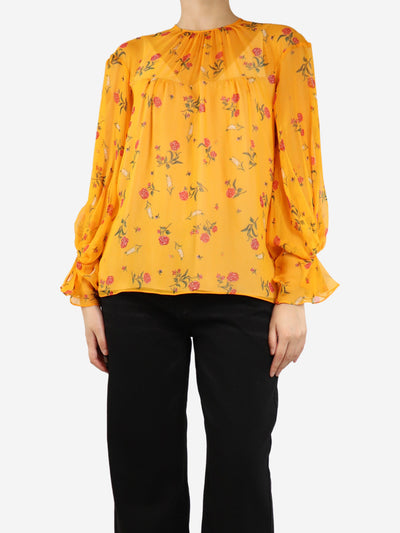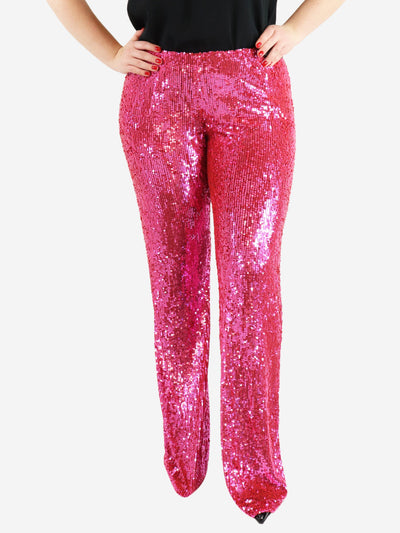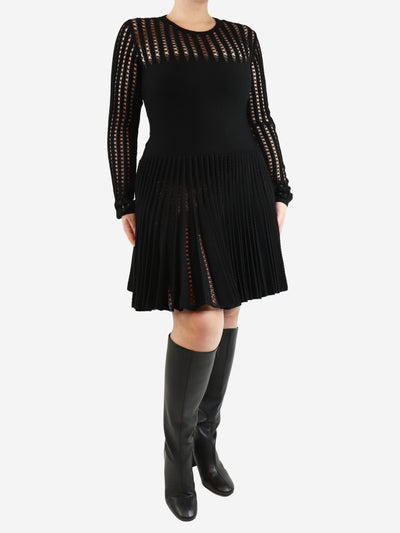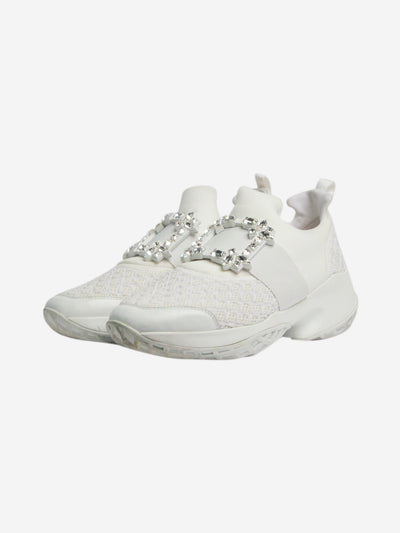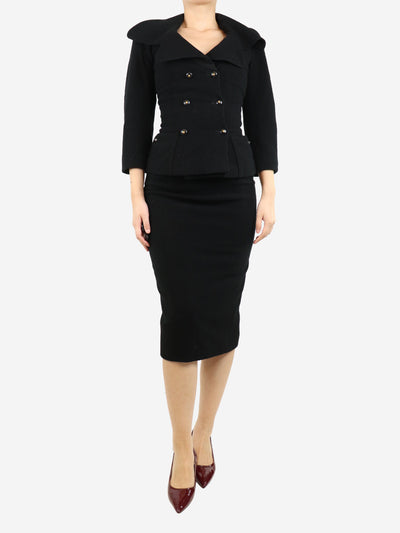The best and worst designer handbags to invest in
Posted on
Fed up of making expensive mistakes? Since opening a luxury designer re-sale store I have come to realise the importance of making clever handbag purchasing decisions. I am the person that suggests how much to sell a pre-owned bag for and have often had some very painful conversations with clients as they suddenly realise a bag that they have spent a considerable amount of money on is now worth a fraction of its original price.
Why? It is a similar situation to when you purchase a new car; the value of your handbag really does fall by 30% as soon as you drive it off the Harrods forecourt. If a second-hand consumer is going to forgo the guarantees and in Chanel store experience then they do want to make a considerable cost saving. With this in mind; are there any major considerations to take into account when purchasing a new bag in order to minimise the loss you make when trying to re-sell it? Here are a few of my personal luxury handbag investment buying rules.

1. Classics - Amen
As much as I completely fall in love with lots of the beautiful and fun trend-led pieces splashed across Instagram and the glossy magazines I will only spend real money on classic pieces. This is because I personally do not have the funds to spend £1000 on a fun bag that I will love for 8 months and then want to refresh. I need to be able to spread my investment in the piece I buy for years to come. Or alternatively sell it if I want to in a few years time without risking it being “out of fashion”. So I look carefully at the shape of the bag and avoid anything too design-led that can be pinpointed to a precise year or season.
2. Avoid Limited Editions
Even classic bags have limited-edition versions. A limited-edition allows a brand to charge more for a piece without you seeing the appropriate uptake in re-sale value. Unless that particular piece was incredibly sought after first time round you will find it very difficult to realise as high a re-sale price as the premium you originally paid. If you absolutely love it and can’t live without it – of course, buy the bag, but know it is worth more to you – not necessarily to the second-hand buyer.

Image: Pinterest
3. Don't Personalise
I have to say I really love this trend but if you’re looking to maximise the investment you are making it goes without saying it is going to be incredibly difficult to sell if you’re name is plastered all over it. Unless you’re famous – in which case it may well work in your favour!

Image: Pinterest
4. Darling it's Chanel
Louis Vuitton or Hermès…it will definitely hold its value. WRONG! For those of you who have watched my Luxury Designer Bag roast, you will know my opinions on some of their pieces. Of course they are just that but even these big fashion houses still make mistakes. Think about the Chanel girl bag that has had a seriously mixed response. With this in mind, I always wait for a few years to see if a bag is going to tip from trendy to timeless. This is because the classic pieces don’t go on sale, are made year after and continually go up in price. Which in turn keeps demand high and creates a buoyant second-hand market.

5. Research
If I’m looking at spending a lot of money on anything I always do like to do my research. When buying a handbag this includes researching the brand. It is important to see what sort of prices your chosen designer commands on the second-hand market. That means more than just looking at the prices people are asking for items (this means very little) after all anyone can ask for 1 million for their pokey little one-bed flat…no, you want to look for the prices that items actually sell for. You also want to make sure that it’s a strong fashion house that will still be around in a few years’ time. Designers do come and go, after all look at Luella Bartley.

6. Know thy self
Think about how long you’re going to keep the bag for. If you’re the sort of person that is happy to buy a bag – use it for a season and then sell it, the likelihood is that your piece will still be in store so buying an “on-trend” piece or “IT” bag is less risky. However, if you are looking to keep it for longer then you will do better opting for a more classic style that will hold its value better over time.

7. Material and colour
I know my lifestyle and also my terrible track record with spilling stuff. With this in mind I buy hardwearing materials in darker colours. I avoid super-soft leathers that scratch as well as satins and easily tarnished lighter coloured bags. I also purchase bag inners so that the linings are protected.
9. Avoid outlets
I personally avoid handbags that can be bought at outlet or ones that are featured on big flash sale sites. This can cause saturation in the market and the basic laws of economics state that an increase in supply will result in a lower price.

9. Buy preowned
I know I would say this but I cannot stress it enough. If you are looking to make wise purchasing choices you should definitely buy pre-owned. If you’re savvy you can find the bag you want on the second-hand market in excellent condition for a good 20% less than the retail price in fact stores like mine have the lowest Chanel bag prices you'll find. The more you save on your initial purchase the less you will lose when you come to re-sell.
Congratulations on getting to the end of this lovely long list and after it all I am going to caveat these rules by saying, “buy what you love”. As much as we can try and use our heads when it comes to purchasing it’s our hearts that have to fall head over heels. No re-sale price will bring you the same joy as carrying a bag you have coveted for months.
Written by
Antonia Timpany
Published at
-
-
- Choosing a selection results in a full page refresh.
- Press the space key then arrow keys to make a selection.
